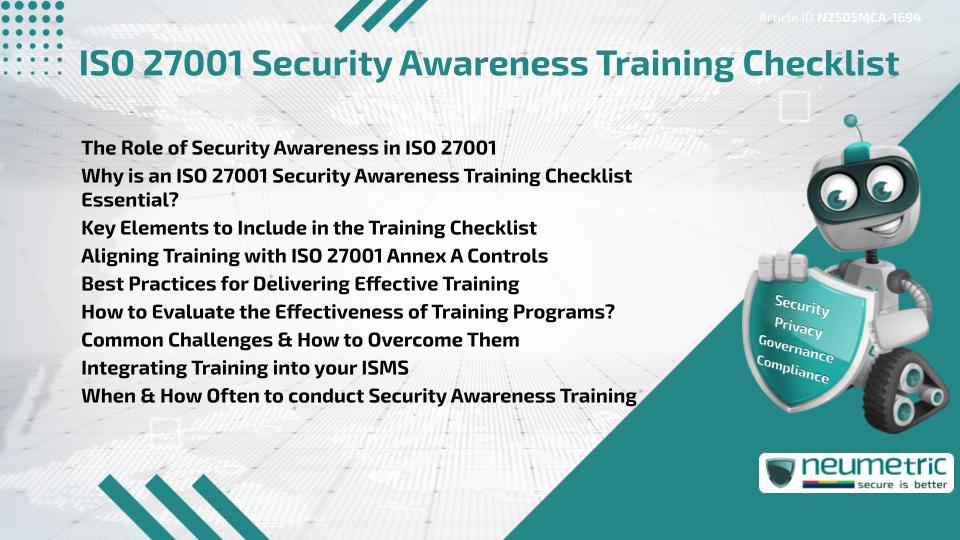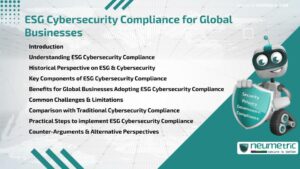Table of Contents
ToggleIntroduction
For startups aiming to work with colleges or universities, one often overlooked requirement is the Higher Education Community Vendor Assessment Toolkit [HECVAT]. This tool assesses whether a vendor meets security & privacy standards expected by higher education institutions. While the full version of HECVAT can be overwhelming, HECVAT Lite offers a more accessible format tailored to vendors with lower risk profiles.
But what exactly is HECVAT Lite readiness for startups & why does it matter? This article will walk through its significance, common hurdles & how emerging businesses can align their operations to meet its expectations.
Understanding the Role of HECVAT Lite in Vendor Assessments
HECVAT Lite is an alternate version of the full HECVAT questionnaire. It is designed for services that present a low data or security risk to higher education customers. This might include tools that do not store personally identifiable information or handle sensitive academic data.
For startups, especially those new to education-sector procurement, this version can be a strategic entry point. It ensures transparency about security practices without overwhelming young businesses with overly complex documentation.
Why Startups Should Consider HECVAT Lite Over the Full Version?
Startups often do not have enough time, resources, dedicated compliance or teams to handle exhaustive vendor assessments. HECVAT Lite provides a right-sized option that lets vendors demonstrate their security commitment without going beyond what’s necessary.
This version helps startups:
- Reduce administrative load
- It helps to focus more on controls that matter most for low-risk products.
- Move faster in the procurement process with universities
It is highly important for SaaS tools in areas like collaboration, scheduling or analytics that operate on minimal or anonymised data sets.
What Does HECVAT Lite Cover?
HECVAT Lite focuses on a condensed set of questions that target key security areas including:
- Data protection & privacy controls
- User authentication methods
- Hosting & infrastructure security
- Incident response plans
- Business continuity measures
While not as in-depth as the full version, HECVAT Lite readiness for startups still requires clear articulation of security processes. Even if systems are basic, the documentation of policies, controls & intent must be consistent.
Steps to Achieve HECVAT Lite Readiness for Startups
Startups that aim to fulfill the HECVAT Lite requirements should follow a structured & methodical approach to the process.
- Review the Template: Understand the types of questions asked.
- Conduct a Security Gap Analysis: Compare current practices with expectations.
- Define Clear Policies: Draft simple policies around user access, backups & data handling.
- Document All Practices: Even informal practices should be described clearly.
- Assign Roles: Ensure someone is responsible for managing the HECVAT process.
A proactive & well-documented approach reduces back-&-forth with customers during procurement.
Common Challenges Faced by Startups During HECVAT Lite Preparation
Startups might face specific difficulties, including:
- Lack of existing documentation: Many teams work from informal norms rather than written policies.
- Limited understanding of compliance language: Terminology used in the HECVAT might be unfamiliar.
- Misjudging risk level: Vendors sometimes incorrectly assume their service is “low-risk”.
These challenges can lead to delayed deals or rejections. Solving them early supports smoother vendor onboarding.
How to Align HECVAT Lite With Existing Security Practices?
HECVAT Lite doesn’t demand perfection but does require alignment. Even informal controls, if applied consistently, can meet expectations when well-documented.
For example:
- If developers use password managers, that qualifies as a control for password security.
- If infrastructure is hosted on AWS, then AWS’s shared responsibility model can help answer certain hosting questions.
The objective is to align the startup’s existing practices with the requirements outlined in HECVAT Lite.
Tips to Speed Up the HECVAT Lite Readiness Process
- Create a document repository for all your security-related files.
- Use plain language when answering HECVAT questions.
- Automate where possible: Even a simple backup script counts.
- Assign a point of contact for any follow-up questions from university IT teams.
Early coordination helps avoid delays when working with higher education clients.
Essential Role of Clarity & Clear Documentation in HECVAT Lite
During the form fill out of HECVAT Lite, clarity is key. Vague answers like “we use standard practices” are not sufficient. Instead, explain what those practices are, even in brief.
Clear documentation also:
- Demonstrates professionalism
- Builds trust with university procurement teams
- Reduces the need for further clarification
Avoiding Red Flags in HECVAT Lite Submissions
Some answers in the HECVAT Lite form can raise red flags:
- Leaving fields blank
- Saying “not applicable” without explanation
- Using overly technical language with no context
- Ignoring policies for backup or access control
Avoiding these pitfalls increases the chances of faster approval & vendor onboarding.
Takeaways
- HECVAT Lite offers a simplified but serious path to working with universities.
- More important than perfect controls are clear & honest documentation.
- Startups can utilise their current processes to align with HECVAT Lite requirements.
- Taking time to prepare ensures smoother, faster procurement cycles.
FAQ
What is HECVAT Lite & who are meant to use it?
HECVAT Lite is a short-form of security questionnaire that is meant for low-risk service providers working with higher education institutions.
How is HECVAT Lite readiness for startups different from full HECVAT readiness?
The HECVAT Lite readiness for startups focuses on answering fewer, simpler questions that are still reflecting core security commitments.
Can a startup without formal security certifications still complete HECVAT Lite?
Yes. Certifications help but are not mandatory. Documented practices & controls are sufficient for HECVAT Lite readiness for startups.
How long does it take to complete HECVAT Lite?
Most startups can complete it in three (3) to ten (10) days with focused effort & proper documentation.
What happens if we don’t pass the HECVAT Lite assessment?
A revision of answers or submission of additional evidence may be needed. It doesn’t mean automatic rejection but delays procurement.
Is external help required for HECVAT Lite readiness for startups?
Yes. It builds foundational knowledge & documentation useful for SOC 2, ISO 27001 & other frameworks.
Do we need to update HECVAT Lite responses over time?
Yes. Updates should be made as systems, policies or vendors change.
Need help?
Neumetric provides organisations the necessary help to achieve their Cybersecurity, Compliance, Governance, Privacy, Certifications & Pentesting goals.
Organisations & Businesses, specifically those which provide SaaS & AI Solutions, usually need a Cybersecurity Partner for meeting & maintaining the ongoing Security & Privacy needs & requirements of their Clients & Customers.
SOC 2, ISO 27001, ISO 42001, NIST, HIPAA, HECVAT, EU GDPR are some of the Frameworks that are served by Fusion – a centralised, automated, AI-enabled SaaS Solution created & managed by Neumetric.
Reach out to us!





